The Rise of Low-Code/No-Code Platforms: What You Need to Know
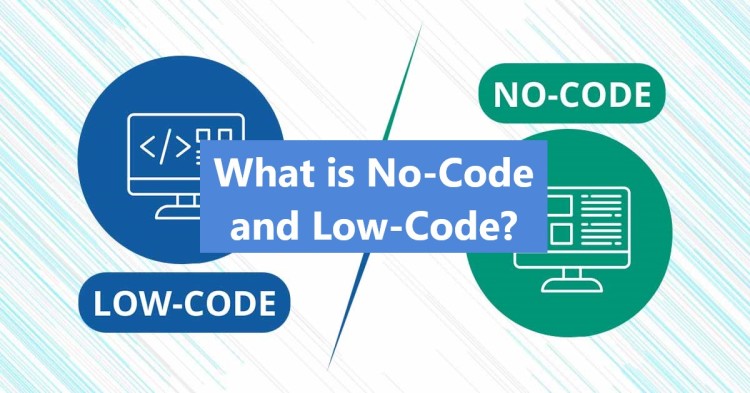
Low-code and no-code platforms have emerged as a game-changer in the realm of application development, eliminating the need for extensive coding expertise. These platforms offer numerous advantages over conventional development methods, including accelerated development, cost savings, and the ability to engage a broader pool of talent. In this article, we explore the rising significance of low-code/no-code platforms and their applications across various industries.
Low-code/no-code platforms are rapidly gaining popularity as a relatively new technology with the potential to become a mainstream development tool. They offer several key advantages, including faster application development through pre-built components, cost savings by eliminating the need for extensive developer teams, and increased accessibility for individuals with no coding experience. However, these platforms may not be suitable for complex applications and are somewhat limited in flexibility due to their reliance on pre-built templates. Nonetheless, the future of low-code/no-code platforms looks promising as they continue to evolve, offering businesses the ability to develop applications quickly, affordably, and with broader access to talent.
The Advantages of Low-Code/No-Code Platforms:
-
Accelerated Development: Low-code and no-code platforms streamline application development through pre-built components and drag-and-drop interfaces. This expedites the development process, enabling faster time-to-market for applications.
-
Cost Efficiency: These platforms significantly reduce development costs as they negate the necessity of hiring an extensive team of developers. Businesses can allocate resources more efficiently.
-
Inclusivity: Low-code/no-code platforms empower individuals with no coding experience to create applications. This inclusivity broadens the talent pool, enhancing the potential for innovative solutions.
Applications in Diverse Industries:
-
Customer Relationship Management (CRM): Low-code/no-code platforms facilitate the creation of CRM applications, aiding businesses in managing customer relationships more effectively.
-
Human Resources (HR): HR applications developed with these platforms simplify employee management, from recruitment to performance evaluations.
-
Sales and Marketing: Businesses can utilize low-code/no-code platforms to construct sales and marketing applications that streamline customer engagement and outreach.
-
Operations: Operations applications enable businesses to manage day-to-day operations efficiently, optimizing processes for enhanced productivity.
The Future of Low-Code/No-Code Platforms:
The popularity of low-code/no-code platforms is set to continue its upward trajectory. As these platforms evolve to become more robust and user-friendly, they will become indispensable tools for businesses of all sizes.
Prominent Low-Code/No-Code Platforms:
-
Appian: Appian offers a wide range of features, including a drag-and-drop interface, visual modeling tools, and a built-in workflow engine. It caters to businesses of all sizes.
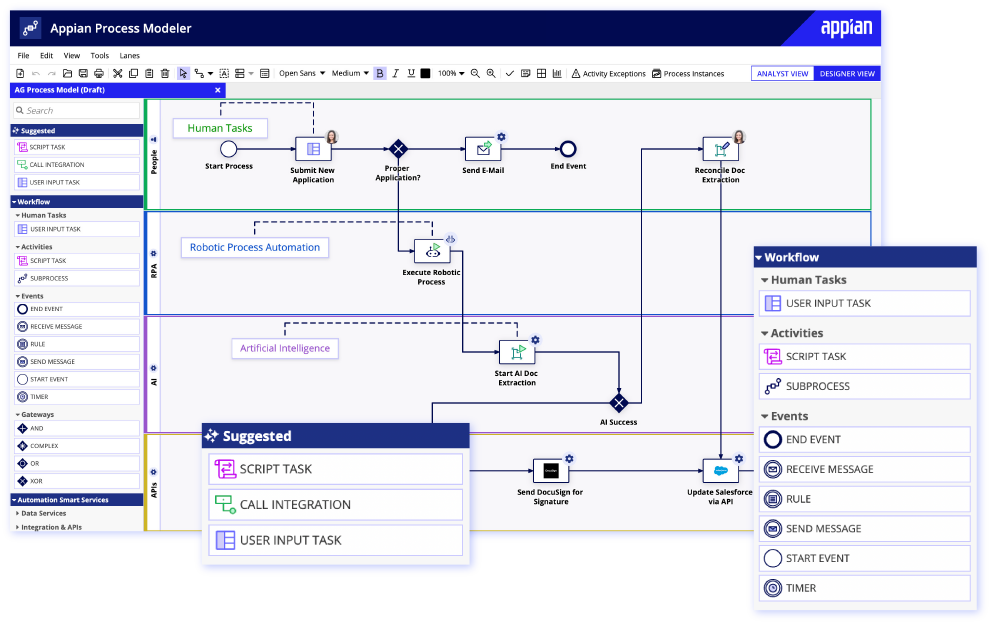
-
Mendix: Known for its ease of use, Mendix provides a user-friendly drag-and-drop interface and a visual modeling tool, making complex application development accessible.
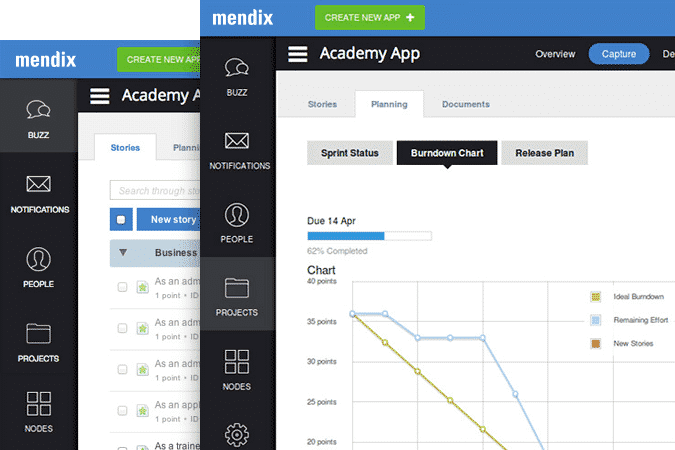
-
OutSystems: Designed for enterprise businesses, OutSystems offers a comprehensive feature set, including visual modeling, API management, and deployment automation tools.
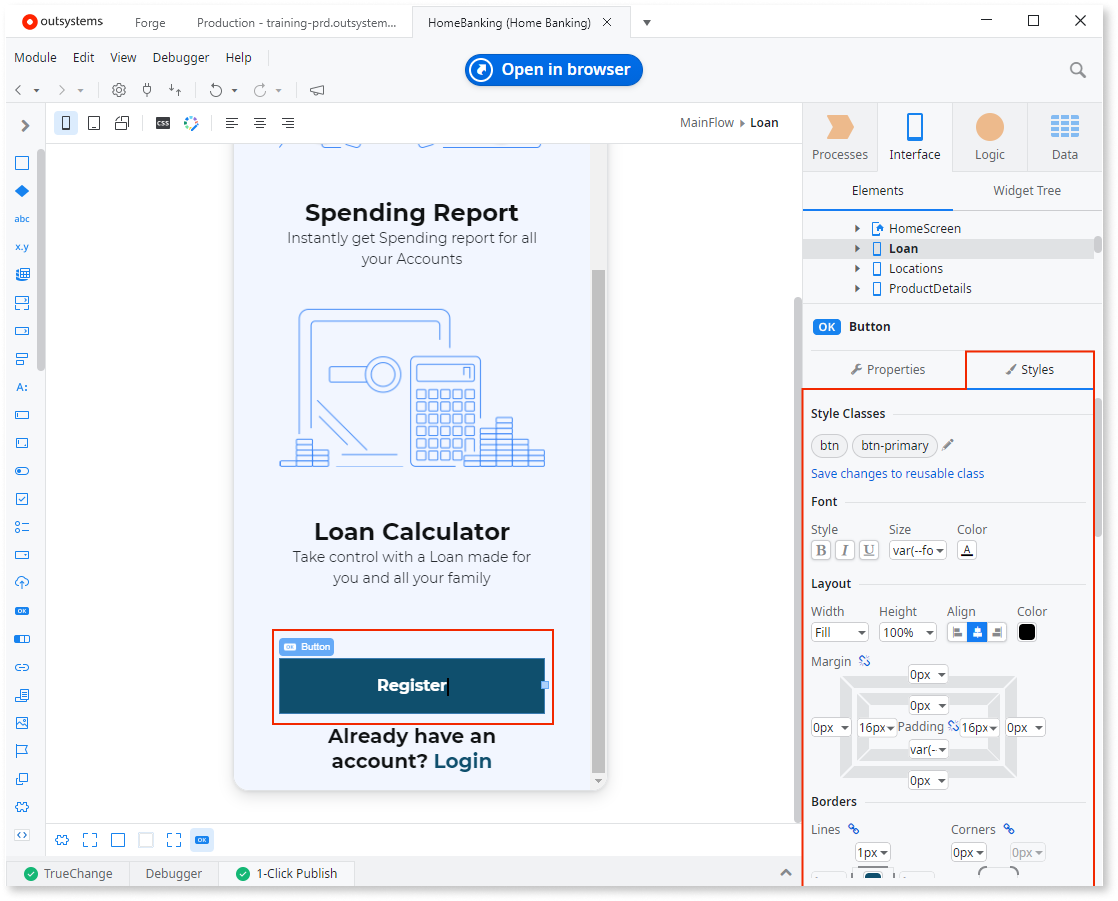
-
Microsoft PowerApps: Part of the Microsoft Power Platform, PowerApps offers a drag-and-drop interface and extensive connectors to other Microsoft services.
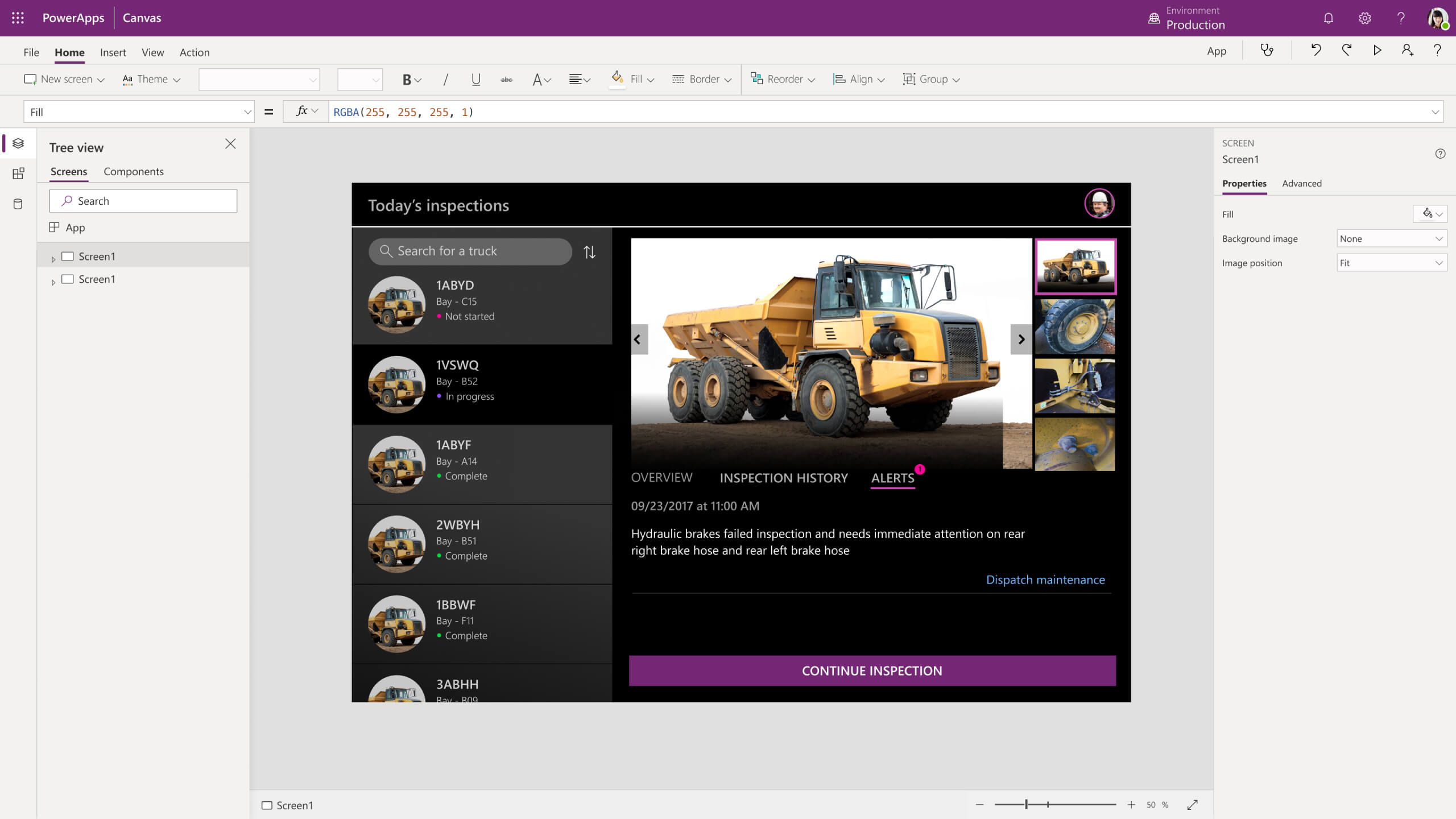
-
Google App Maker: A part of the Google Cloud Platform, Google App Maker provides a user-friendly interface and connectors to various Google services.
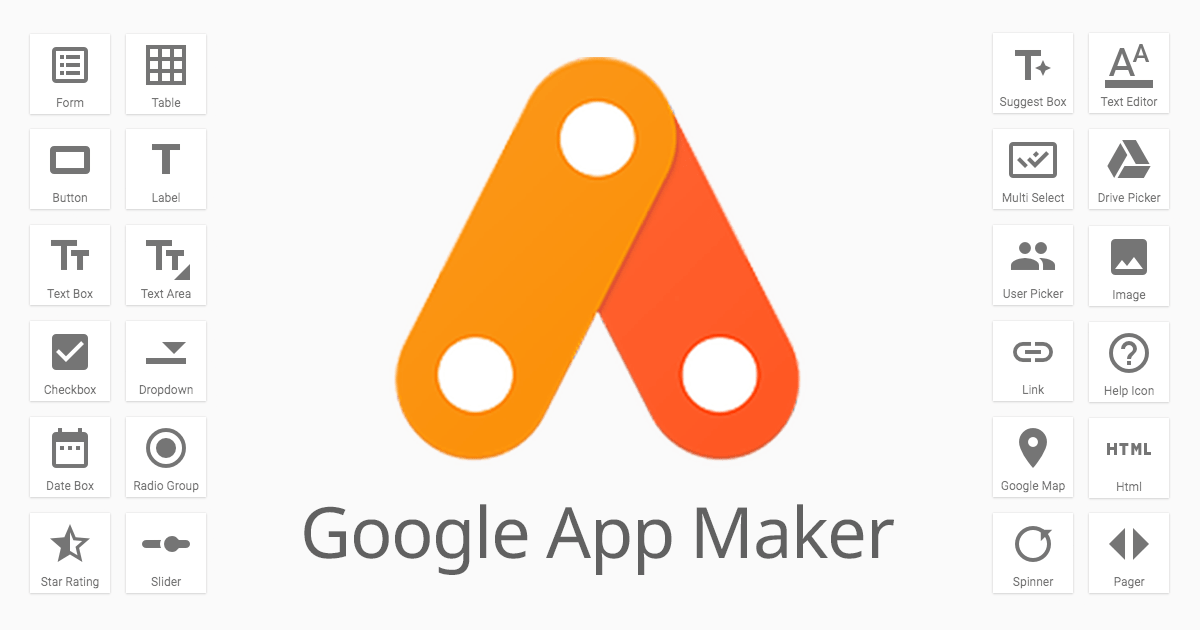
Selecting the Right Platform:
When considering a low-code/no-code platform, follow these steps:
-
Define Your Requirements: Clearly outline the type of application you need and the essential features and functionality required.
-
Consider Your Budget: Evaluate the pricing models of different platforms, aligning them with your budget constraints.
-
Evaluate Platform Capabilities: Assess the user interface, features, functionality, documentation, and available support of potential platforms.
-
Get Started: Once you've chosen a platform, utilize tutorials and resources provided to commence your application development journey.
Here are some of the trends that are expected to shape the future of low-code/no-code platforms:
- Increased adoption by businesses of all sizes: Low-code/no-code platforms are already being used by a wide range of businesses, from small startups to large enterprises. However, the adoption of these platforms is expected to increase in the future as businesses realize the benefits they offer.
- Development of more powerful and user-friendly platforms: Low-code/no-code platforms are still a relatively new technology, but they are rapidly evolving. As these platforms become more powerful and user-friendly, they will become a more viable option for businesses of all sizes.
- Integration with other technologies: Low-code/no-code platforms are already being integrated with other technologies, such as artificial intelligence and machine learning. This will allow businesses to create more sophisticated and intelligent applications.
- Democratization of development: Low-code/no-code platforms make it possible for people with no coding experience to create applications. This will democratize development and allow businesses to tap into a wider pool of talent.
Overall, the future of low-code/no-code platforms is bright. These platforms offer a number of advantages over traditional development methods and are expected to become a mainstream development tool in the future.
Conclusion:
Low-code and no-code platforms are redefining application development, offering unparalleled speed, cost-efficiency, and inclusivity. While they come with limitations, their promising future is undeniable. These platforms are poised to become mainstream development tools, enabling businesses to create applications quickly, effortlessly, and affordably. As they continue to evolve and integrate with advanced technologies, the future of low-code/no-code platforms shines brightly, ushering in a new era of development possibilities.
